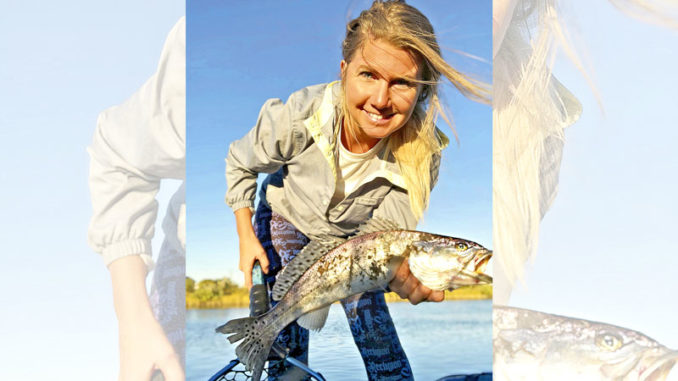
Data from tagging programs can help fisheries managers
I have been a recreational angler since I was in diapers and around the sport before I could walk. Both of my parents competed in bass tournaments, and I met most of the big names pretty early on, as a result, though most of my memories from way back then are now fuzzy.
I can hardly remember the hug I received from Bill Dance or the excited words said to me by passing professionals during the weigh-ins. However, I vividly remember watching the bass being carefully released back into the lakes, some even having a tag inserted at the base of their dorsal fins. This seemingly unnoticed part of the tournaments soon became my favorite part to watch.
Conservation and preservation of our fisheries has been intertwined in my angling education from the earliest points of my life. Thankfully, there are many programs — local, nationwide, and international — that allow anglers the chance to participate as volunteers in citizen science initiatives like fish tagging. But what does tagging a fish accomplish, you may ask?
Why tagging?
Fish-tagging programs assist fishery managers in gathering a lot of important data that can reveal migratory behaviors, growth rates, mortality rates, habit preferences, etc. This data can be used to determine how environmental changes effect overall fish populations, too.

In Louisiana, we see annual coastal erosion and wetlands loss. TAG Louisiana, a joint effort between the Recreational Fisheries Research Institute the Coastal Conservation Association, uses this data to make conservation decisions to ensure our fisheries will be preserved for the next generation of anglers.
All anglers have the opportunity to assist efforts by volunteering to become fish taggers, applying with local programs such as TAG Louisiana or international programs such as Gray Fish Tagging. It’s easy to sign up on their websites, but the overall process does take time. The application only takes a few minutes to fill out; however, verification can take up to four weeks. Once verified, you can request a set amount of tags and tagging equipment to be sent to you.
The process
The equipment normally included in a fish-tagging kit are tags, the applicator, instructions and data-recording cards or sheets. Most programs will require you to have a GPS for logging the latitude and longitude where each fish was caught. Not everyone has a handheld GPS, but most people have a smart phone, and there are a few highly rated GPS apps that are free.
Each program may require different sets of data submitted with each fish tag. TAG Louisiana does not require weight; Gray Fish Tagging does. They all require species, tag number, length of fish, GPS coordinates and date captured. This can be recorded on the cards or the data sheet. I prefer recording the data using my notepad on my iPhone and/or into the corresponding apps directly. This usually takes one to two minutes per fish.


